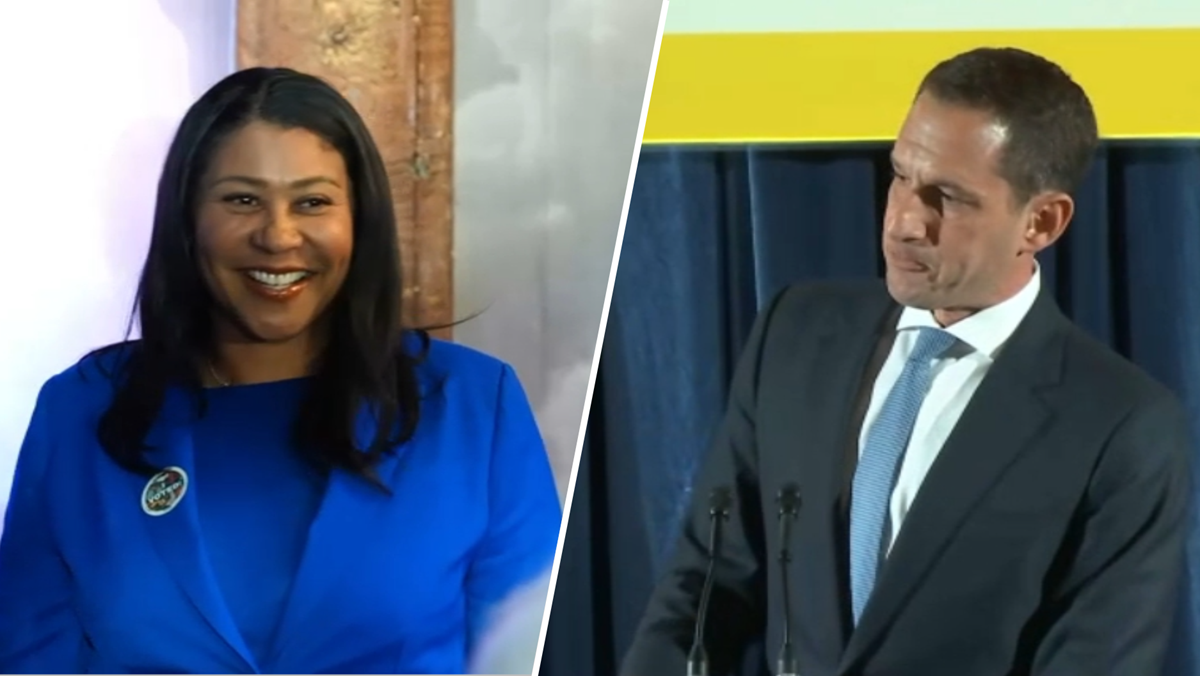When the next big earthquake hits, hundreds of student buildings on college campuses across the state could pose a serious hazard to everyone inside, according to seismic reports obtained by the NBC Bay Area Investigative Unit.
The findings are part of a continuous effort by school administrators at the University of California and California State University systems to identify unsafe buildings with seismic deficiencies. NBC Bay Area teamed up with our partners at NBC LA and NBC San Diego to request inspection records for every public university. Records show more than 590 structures, including classrooms, libraries, and research labs that need to be retrofitted or replaced before a major earthquake hits.
LESSONS LEARNED
Civil engineer David Mar owns Mar Structural Design in Berkeley. The state hired his firm and others to identify seismic hazards on college campuses and to enable buildings to better withstand an earthquake.
“These buildings are going through really significant and brutal tests when they go through a major earthquake, and they actually have to transform and dissipate energy and remain stable. It’s a real hard ask,” Mar told NBC Bay Area.
Local
After the Loma Prieta (1989) and Northridge (1994) earthquakes, scientists gained a better understanding of how earthquakes move, allowing engineers to build more resisted buildings. Mar said those earthquakes also revealed which structures were built to fail.
“We're kind of understanding what the faults are capable of, how much energy they're releasing, better understanding the frequency, better understanding of soil [and] how intense the problem is," Mar said. “Especially when we're looking at archaic structures, we're testing them to these really high tests. I mean in a sense, we're taking a real earthquake, shaking a real building, and they have to break and transform and essentially go through that process and dissipate energy without collapsing.”
CSU BUILDINGS THAT FAIL TO MAKE THE GRADE
The CSU system lists 65 buildings that need to be repaired or replaced. Eighteen of those buildings are at San Francisco State University and the school’s satellite campus in Tiburon.
University spokesman Barry Shiller told NBC Bay Area the campus knows firsthand how destructive an earthquake can be after Loma Prieta forced school officials to red tag and implode the dorms at Verducci Hall.
“Most of [the buildings in Tiburon] were red tagged a couple of years ago and are now not in use. Some of them are going to be retrofitted, many of them probably will not. They will be demolished and eventually replaced,” Shiller said.
Main campus buildings that warrant seismic upgrades include an administration building as well as several campus apartments.
“The seismic committee reviewed all of that work, deemed the buildings all inhabitable. But there is still more work to be done and will be done once funding is freed up,” Shiller said.
At Cal State East Bay, the main campus library requires urgent attention for seismic upgrades, according to the CSU Seismic Review Board. Construction is currently underway on a replacement named the CORE Building, schedule to open in the fall of 2021.
UC CAMPUS BUILDINGS
The UC system is currently in the midst of a comprehensive review to inspect every structure on all nine campuses and address any seismic problems by 2030.
Thus far, engineers have found 526 buildings on five campuses that pose a serious threat to safety, according to records provided to NBC Bay Area.
Sixty-eight of those low rated buildings are owned by UC Berkeley. In September, school administrators sent an email to all students and faculty detailing the seismic inspection results.
• Not Safe for a Quake: Report Flags 68 Buildings on UC Berkeley Campus
Another 69 low-rated buildings are owned by UC Davis, including the fire and police headquarters, research centers, major classrooms, a medical center, and a laboratory handling radioactive nuclear material.
In a statement, the UC Office of the President said it is “exploring sources of funding to help with building retrofits,” and hopes to receive money from a bond measure scheduled to go on the ballot in March 2020.
“After the updated ratings on a substantial number of buildings are thoroughly evaluated and confirmed by engineers, each campus will start prioritizing and planning its retrofitting work to meet the location-specific needs," the statement said. "For buildings that may pose serious concerns following the validation of updated ratings, each campus will prepare action plans that may include retrofits or interim relocation as warranted. While the updated ratings are being assessed, previously planned upgrades will progress as the university continues to take appropriate safety measures."
"University structures meet the applicable California Building Code in effect at the time of their construction and at the time of a seismic renovation. UC believes it is important to proactively upgrade its buildings to incorporate the best guidance, knowledge and science available to protect its community,” the UC statement reads in part.
Mar agrees the seismic standards are stringent, but says they are necessary to avoid a major disaster.
“The safety standards are really high. And they’re worried about these extreme, rare gigantic earthquakes. I mean think of 1906 happening again. So, this isn't Loma Prieta, this isn't even Northridge,” Mar said. “So people are being good about doing something while we have time. It’s like, don’t panic. But don’t delay.”
If you have a tip for the Investigative Unit, give us a call at 1-888-996-8477, or you can reach us via email at TheUnit@nbcbayarea.com.



